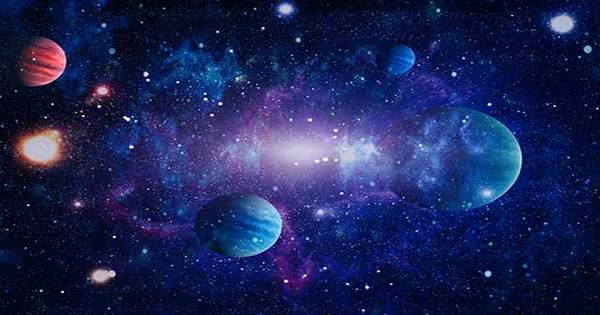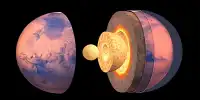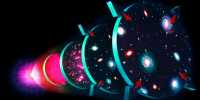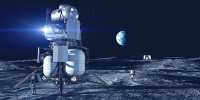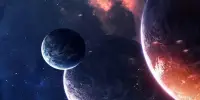From Star Wars to Star Trek, science fiction frequently depicts aliens as looking partially (or very) human. Of course, this may be a cost issue; it is considerably more expensive to run an alien suit with seven arms than it is to expect viewers to believe that life evolved into Mark Hamil a long time ago in a galaxy far, far away.
However, other scientists believe that extraterrestrial species might – or are likely to – develop into something that is quite similar to humans. They are not kooks yelling from the sidelines, however, even if they are not in the majority. It ultimately boils down to convergent evolution, which is the explanation for “why does everything keep developing into crabs?”
Similar traits arise in species from different times or places that have a similar shape or function, despite the fact that the animals or plants’ last common ancestor did not have that feature. Consider how whales and bats evolved echolocation, and how birds, insects, pterosaurs, and bats evolved flying systems. (Bats get your own evolutions and stop stealing everyone else’s.)
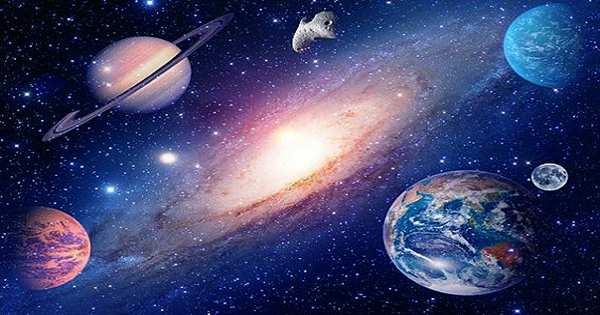
Consider how prickly protrusions have evolved in a variety of creatures, including echidnas (monotremes), porcupines (rodents), and hedgehogs (erinaceinae). Despite looks, the three’s last common ancestor lived during the dinosaur era; they just shared comparable traits.
Convergent evolution occurs when animals and plants must adapt to comparable habitats or ecological niches, resulting in similar solutions. Crab-like morphologies have observed in decapod crustaceans at least five times, including porcelain crabs, hairy stone crabs, and coconut crabs.
If something can happen on Earth, it is safe to assume it may happen somewhere else in the cosmos. It is likely that alien species may create comparable adaptations that fit those conditions if they live in similar habitats. If there are enough planets out there that are similar to Earth, and considering how successfully humans have adapted to life on Earth, it is possible that human-like aliens are ruling their own worlds.
“One can state with fair certainty that the chances of something resembling a human developing are quite high,” says the author “The University of Cambridge’s Professor Simon Conway Morris recently told Science Focus.”And, considering the number of probable planets that we now have strong reason to believe exists, even if the dice only land on the right side once in every 100 throws, that still leaves a big number of intelligences distributed about, most of which are likely to be similar to us.” Therefore, it is possible that there are numerous human-like beings out there in the cosmos, as well as a slew of crabs, waiting for us. Not everyone is convinced.
“While the list of convergence cases is remarkable, it wouldn’t be difficult to come up with an equally spectacular list of non-convergence examples,” says the author. Jonathan Losos, a professor of organismic and evolutionary biology, wrote on everything from sauropod dinosaurs to the duck-billed platypus in 2017. Losos is particularly interested in New Zealand, which has no native land animals.
“If natural selection produces predictable results, a world dominated by birds would resemble life elsewhere on the globe,” he adds. “But, of course, this isn’t the case. The kiwi may have a badger-like lifestyle, but it doesn’t look anything like one.”
“When we consider flightless parrots, carnivorous parrots, bats that feed by strolling through leaf litter, and many other species, we may dismiss the convergence idea. New Zealand is a unique evolutionary world with a unique evolutionary consequence.” Of course, the issue is not settled, and it probably will not be until we are able to detect extraterrestrial life.
